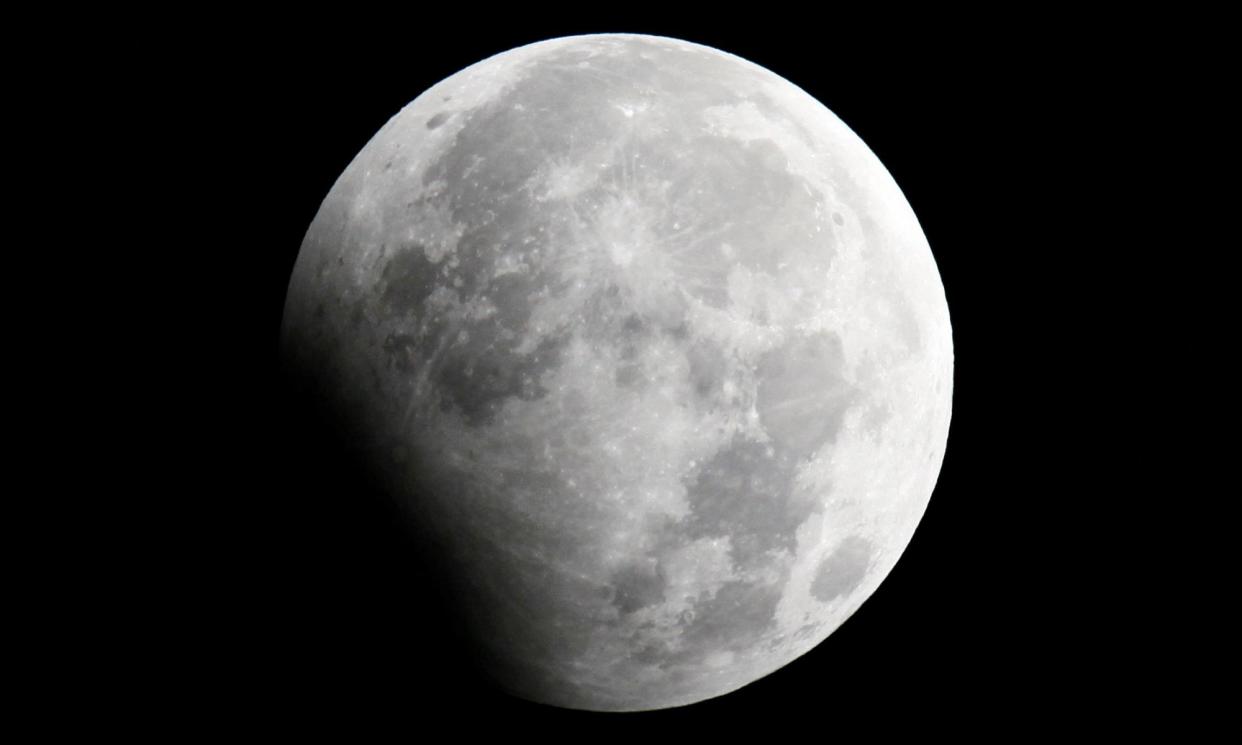Starwatch: Partial lunar eclipse offers small-scale drama

On 18 September, a partial lunar eclipse will occur. Nowhere near as dramatic as a total eclipse of the sun, it can still be a fascinating sight.
Lunar eclipses are caused by the Earth passing between the sun and the moon. This casts the Earth’s shadow on to the moon’s surface. This week, the shadow does not entirely cover the moon, hence it is called a partial eclipse not a total one.
Even for a partial eclipse, this particular one is modest. At the moment of greatest eclipse, the darkest part of Earth’s shadow will cover only 3.5% of the moon’s visible hemisphere. Nonetheless, it is fascinating to watch for the moment the shadow begins to bite into the moon and creep across its surface.
The eclipse will be visible across Europe, Africa, Greenland and North and South America, but you’ll need to set your alarm clock for this one. From London, the noticeable part of the eclipse (known as the umbral phase) will begin at 03:13 BST; maximum eclipse will take place at 03:44 BST; and the event will be over at 04:15 BST.
As with most celestial observations involving the moon, no equipment is needed: just your eyes and, in this case, a strong morning cup of coffee.


